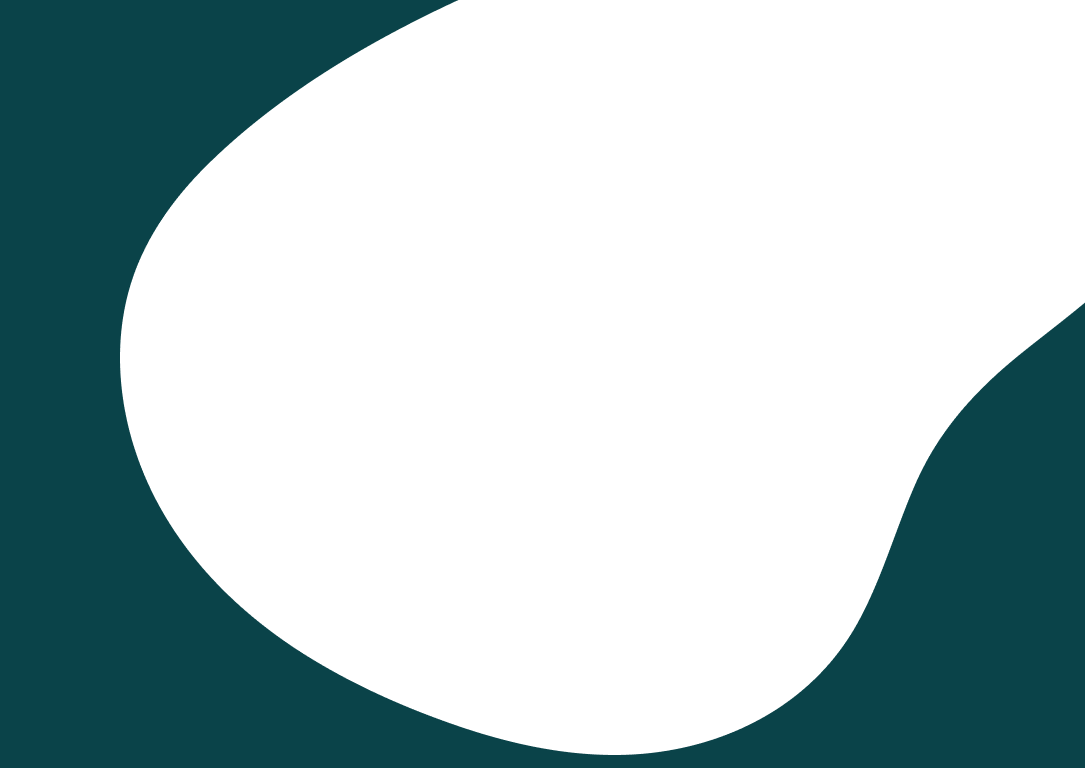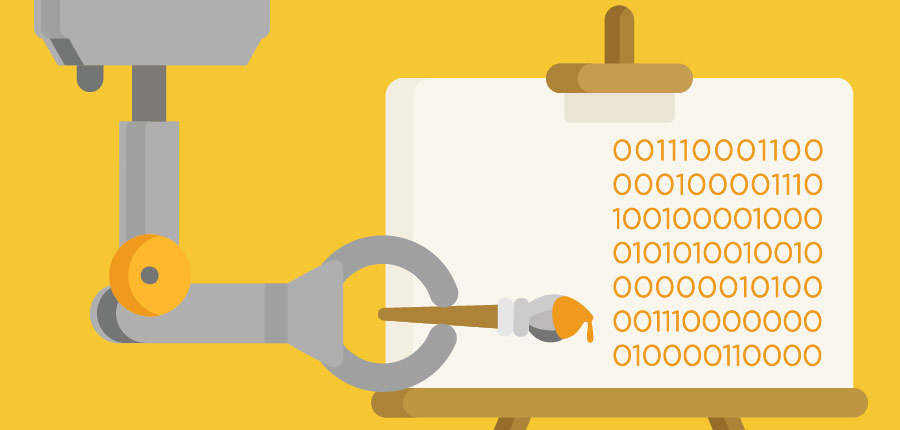

ARTIFICIAL INTELLIGENCE:
Reading TimeCREATIVE COLLABORATION OR APOCALYPTIC HELLSCAPE?
Recently, the B1 Creative team attended Production Social’s thought provoking ‘AI & The Next Generation of Creativity’ event at Twitter London. The day comprised of an exciting assortment of talks, all with a focus on the future of technology and creativity. The overarching theme questioned “can technology be creative?” and, if it can, what would this mean for human creativity – and for our jobs!? With so many tasks now being completed by machines, could creative jobs one day be taken over by artificial intelligence (AI)? Or, as IBM speaker Jeremy Waite eloquently phrased it; how can you “market with smart machines without losing your jobs or creating an apocalyptic hellscape where humans are hunted like rats”?
Whilst mass media envisions a sensationalised future with artificial intelligence – think Ex Machina, Blade Runner, Westworld – the reality appears far more sustainable, and far less “apocalyptic hellscape”. The guest speakers at Twitter predicted, instead, a future that will see AI assist creative industries by taking on the mundane, time consuming tasks which humans do not want to do. AI could also create new possibilities by computing information which the human mind cannot handle – such as searching through and inputting big data in short amounts of time. Therefore, with the help of intelligent technology, creative output will become faster and more efficient, leaving humans with a greater amount of time and freedom to explore their creativity and experiment with the new possibilities that technological advancement will provide.
AI Artists
One question on many people’s mind at the event was; is it possible for machines to create art? This question enters into an ancient debate on the nature, value, and definition of art, which dates back to 400 BC! Today, what it means to be creative, and what the role of the artist is in the creation and valuation of art, is still widely debated. For example, if we discovered that Guernica was not actually painted by Picasso, or Hamlet was not written by Shakespeare, would these works of art become less valuable? More recently, extraordinary developments in technology have made the question of whether machines could create genuine art, and the role of the artist in the creation of art, more pressing.
In light of these considerations, we can wonder what it would mean for art to be created by a computer and, would the programmer be the artist, or would the computer? British-born artist Harold Cohen has programmed a machine to create art autonomously. This programme, which he named Aaron, has created drawings which have been exhibited in museums and galleries, including the Tate. Can we call this genuine creativity? And, who is the artist behind the works – Aaron or Cohen? Interestingly, Cohen himself does not consider Aaron to be capable of genuine creativity, and sees the computer as a partner in creating art, rather than as the artist.[1]
Like Cohen, many artists are utilising intelligent technology to enable and enhance their own creativity. An AI technique called Style Transfer allows people to use the style of an existing image or work of art, and transpose this onto their own photos, paintings or videos. See a few examples of this technique in action, by artist and programmer Gene Kogan here.
Artist Mario Kingemann works with code to create art. His Artificial Neural Network (AI which is capable of learning) aided in the creation of a painting called My Artificial Muse. A very basic stick-figure was inputted into the programme, which then generated an image. Artist Albert Barqué-Duran then replicated the computer-created image, using it as a muse to create a real-life painting.
The future of creativity at the intersection of technology promises to be exciting.
Machine Musicians
Whilst AI is still far from surpassing human levels of creativity in the visual arts, incredible progress has been made in computer-generated music. Patrick Stobbs from Jukedeck spoke about their neural network AI system, which is able to learn rules and patterns in music. By showing the machine a series of notes and asking it to predict which sounds should follow, then telling the machine if its prediction is wrong or right, eventually it can accurately select notes autonomously.

Currently, the Jukedeck system is successful in composing short pieces of music that work well as soundtracks for adverts and short videos. You simply set the length of your video, select the style, fix the points at which the music should crescendo and slow, and the AI can create an instant piece of music, which avoids royalty considerations and relying on overused songs. The results are impressive, and big names such as Google, Coca-Cola and the Natural History Museum have used the system to create backing tracks to their videos.
The speakers from Jukedeck also predict an exciting future in the personalisation potential of artificially intelligent music, suggesting that it will be possible for AI to play you original music which reflects your moods, needs, emotions, and environment. Imagine going for a run and, with technology monitoring your progression, your music could give you a boost at the right times, or wind down as you finish the run.
So, AI can definitely create music, but can it be creative? Whilst it is not impossible, good musicians bring personality, emotion, experimentation, and a story to their creations. If these components are necessary for genuine creativity, then it is doubtful that machines will ever surpass human musical creativity.
The team behind Jukedeck believe that, rather than transcending human ability, AI will enable human creativity. Musicians spending their time producing music for adverts to support their income, can use AI to do this job for them, freeing up time and energy to focus on composing their own music.
Creative Collaboration
The future of creativity at the intersection of technology promises to be exciting. However, the overwhelming answer to the question “can machines be truly creative?” is; probably not. One thing that is certain though, is that intelligent machines will become even more important in assisting us in our creative processes – taking on a lot of the groundwork and overcoming barriers to create new possibilities.
A necessary element in ensuring a successful future for technology and creativity is collaboration; between expansive and diverse teams of people working to improve technology, and between humans and machines in the creative process. So, rather than fearing that creative jobs will be taken over by “apocalyptic hellscape” robots, it is likely that the creative industry will be enhanced with the assistance of intelligent technology. By viewing technology as a partner in the creative process, we will gain greater efficiency, creative freedom, and an expansion of the artistic possibilities available to us.

At B1, we have been inspired to think about what AI could mean for us and our clients. We will be putting Jukedeck through its paces, testing it out on our own videos soon. We also believe that chatbots could become particularly useful in engaging with customers on websites and social media channels. Chatbots are developing and improving rapidly, and can now be given a personality and tone of voice which reflects your business! Clients could save time and money, whilst increasing customer engagement, in a fun and futuristic way – so watch this space!
[1] http://www.bbc.co.uk/news/technology-33677271